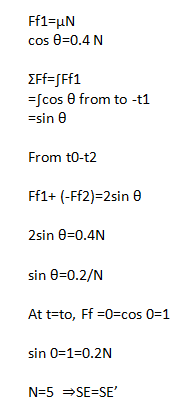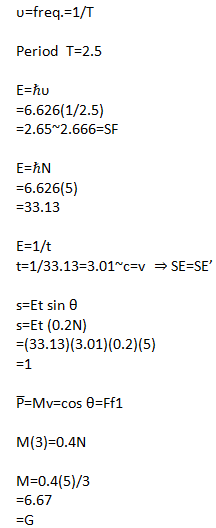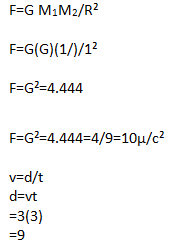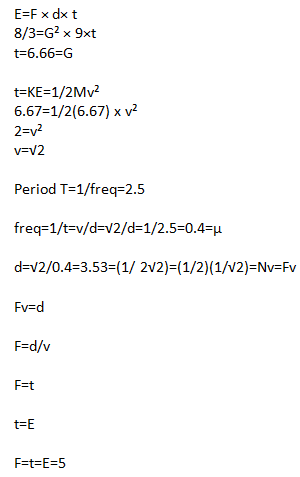ISSN: 2320-2459
ISSN: 2320-2459
Paul T E Cusack*, Saint John
Department of Physics, McGill University, Quebec, Canada
Received: 24-May-2021, Manuscript No. JPAP-21-32140; Editor assigned: 27-May-2021, Pre QC No. JPAP-21-32140(PQ); Reviewed: 10-Jun-2021, QC No. JPAP-21-32140; Revised: 02-Jan-2023, Manuscript No. JPAP-21-32140; Published: 30-Jan-2023, DOI: 10.4172/2320-
2459.11.1.001
Citation: Cusack PTE, et al. Light Force of Friction and the Ether as Teflon. Res Rev J Pure Appl Phys. 2023;11:001 .
Copyright: © 2023 Cusack PTE , et al. This is an open-access article distributed under the terms of the Creative Commons Attribution License, which permits unrestricted use, distribution, and reproduction in any medium, provided the original author and source are credited.
Visit for more related articles at Research & Reviews: Journal of Pure and Applied Physics
In this paper, we show further evidence that the other is Teflon. We show how light travels as a sign wave through the ether taking the coefficient of friction into account. The friction and wear charecteristics of various molecular weight virgin Poly (Ether Ether) Ketones (PEEK) and of PEEK combines with Polytetrafluoroethylene (PTFE) and also the PEEK composites with small carbon fibres was studied below dry sliding conditions against hard steel on a pin-on-disc apparatus.
As characterised by the melt viscosity and similar crystallinities after heat treatment, the high molecular weight PEEK had a good wear resistance than low molecular weight PEEK [1]. The spherulite size and hardness of the PEEK play an most important role in both friction and wear performance. In this paper, we consider how light or electromagnetic radiation, travels through the ether. The ether was previously established as teflon [2]. It has a mass of 4/Pi and a coefficient of friction of 0.4 [3]. Light travels in the form of waves. We use these characteristics to calculate how light travels through the ether. Consider the following figure and connected eqautions (Figure 1).




So we see familiar constants drop out of assuming that light travels through ether as a regular wave. It occurs when
y=y’ or t=3; E=5.